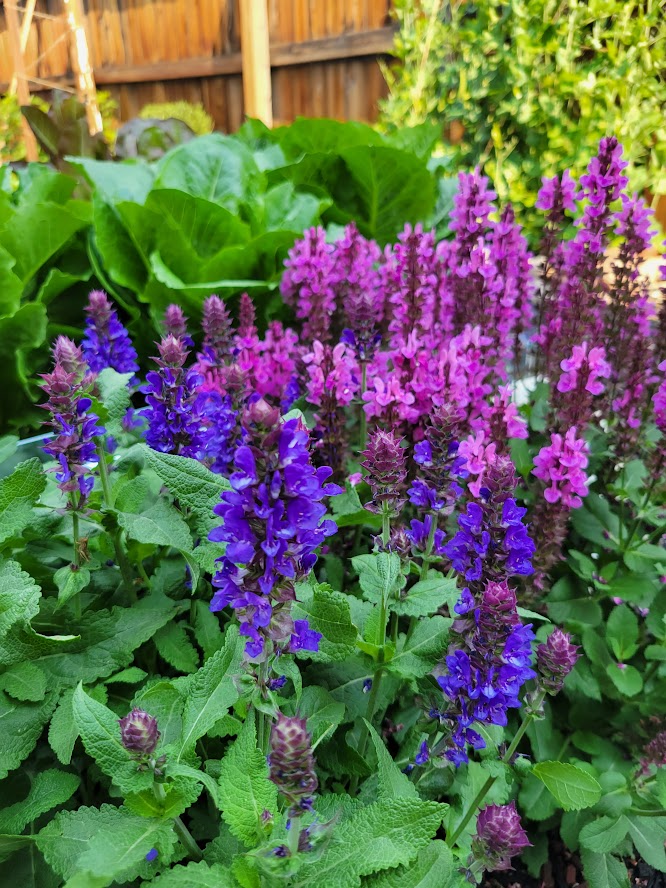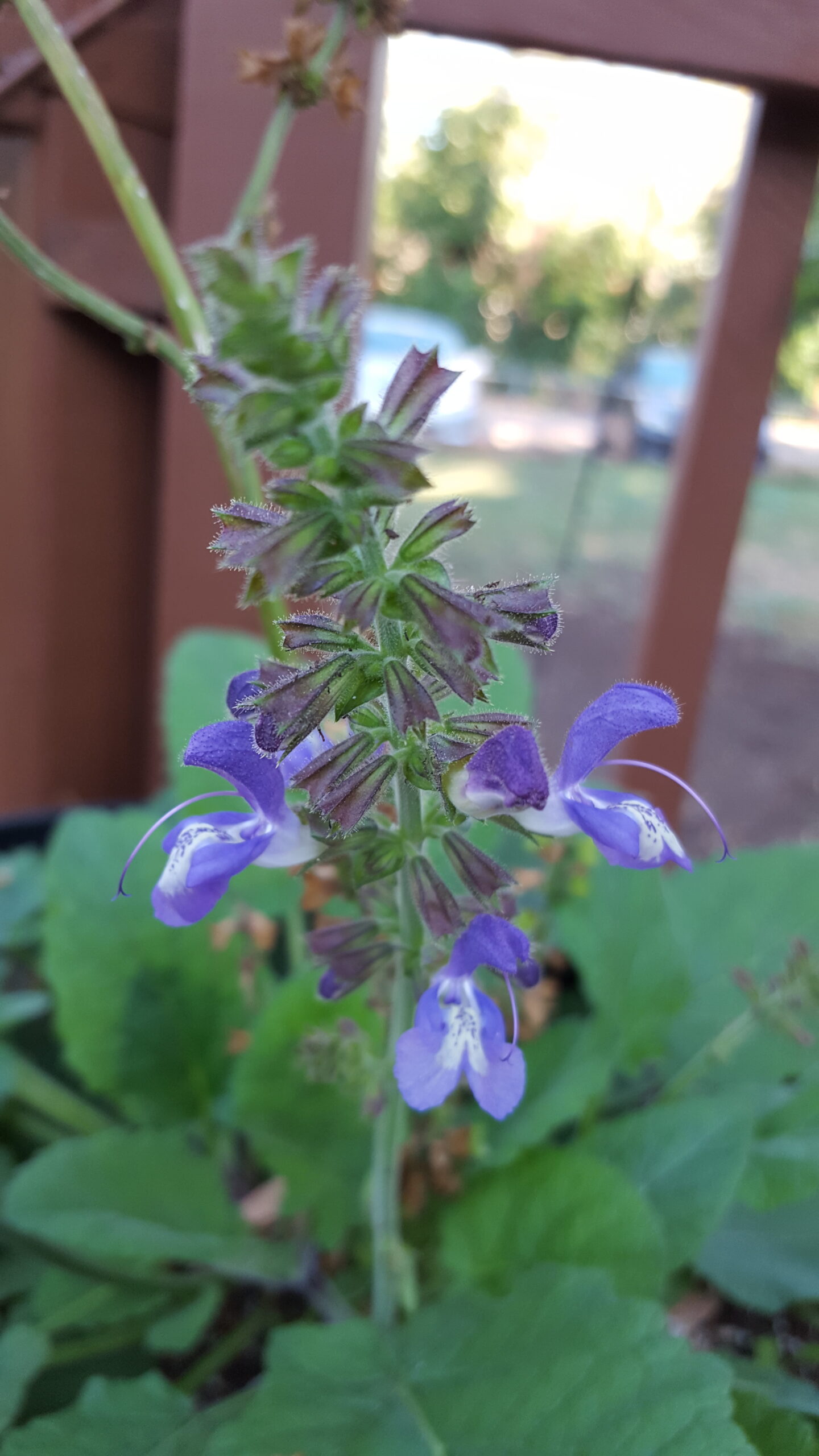

Salvias are known for their flowering and their tolerance for the hot dry conditions found in Colorado. There are many different cultivars of this plant that can provide a wide range of fragrances, blooming habitat and color. Many types of salvia are xeric (do not require much water) and are a good addition to Front Range Gardens providing color and texture from late spring to early fall.
What sorts of insects are attracted to salvia?
These plants are easy to grow and attract bees, butterflies and hummingbirds while repelling rabbits and deer.
What is a good annual salvia plant?
Mealycup sage, a type of salvia, is widely grown as an annual in containers and beds. Its deep, violet-blue or white flowers bloom on tall spikes from midsummer to frost. The pale green leaves and hairy, white stems add ornamental value. Clip spent flowers to maintain near continuous bloom.
What is a good salvia plant for drier soils?
Silver sage, Salvia argentea, is an introduction by the Plant Select® program. Its large, flat leaves are striking because of a covering of long, silky, white hairs. It grows best in drier soils and will not prosper if soils are too wet. In early summer, two-foot-tall, candelabra-like flower stems bear white, helmet-shaped flowers. Silver sage is hardy to USDA zone 4.
What is a good perennial salvia?
Salvia nemerosa ‘May Night’ is a perennial salvia that earned a Perennial Plant of the Year award for its long-blooming, indigo-blue flowers. Another worthy perennial sage is Clary sage with pink to cream or blue flowers, but be aware it readily self-sows. Both are hardy to USDA zone 5.
What are appropriate salvias for Colorado?
Additional Plant Select® salvias for Colorado gardens include Platinum sage (Salvia daghastanica), Vermilion Bluffs Mexican sage (Salvia darcyi ‘Pscarl’), Wild Thing sage (Salvia greggii ‘Wild Thing’), Furman’s Red sage (Salvia greggi ‘Furman’s Red’), and Mojave sage (Salvia pachyphylla).
For more information, see the following Colorado State University Extension fact sheet(s).
For information about the Plant Select® program, please refer to plantselect.org



